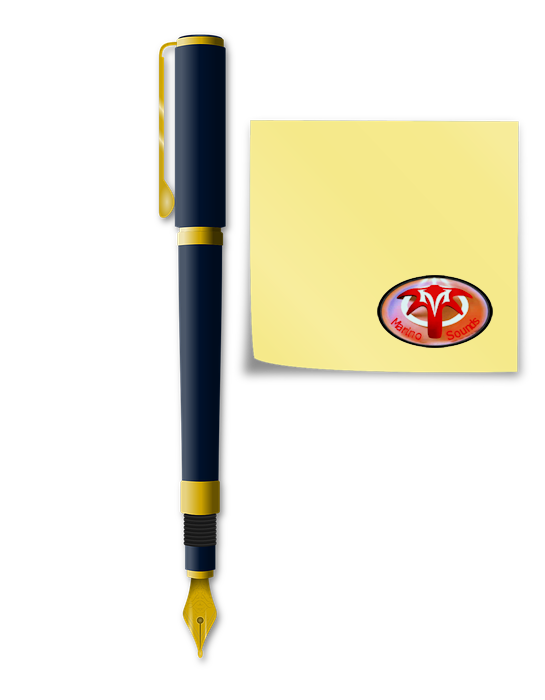The latest version of Nintendo’s handheld gaming console has been released in the UK and Europe. The DSi, which was initially reported in The Times in February, was introduced on Friday, April 3. It builds on the success of the DS brand by adding multimedia functions. The DSi is available in black or white, with the white version being shiny and sleek to the touch, while the matt black version has a rougher finish that is more pleasingly tactile.
The DSi is the third revision of the DS system, which is the largest-selling game system yet produced, with worldwide sales of over 100 million units, 9 million of which were sold in the UK alone. Although it looks similar to the existing DS Lite, the DSi represents a bigger jump forward than that between the chunky authentic DS and the DS Lite. The new machine is slimmer, with slightly larger screens, a faster processor, and new features.
New feature one: the DSi has its own built-in operating system, modelled on the Wii system, which is stored on the DSi’s built-in memory. One of the useful outcomes of this is that games are now “hot-swappable,” meaning that you no longer need to power off and on your system when changing game cartridges.
New feature two: the DSi comes with two low-resolution cameras, one facing inwards and one outwards. The cameras are complemented by a built-in application that enables you to distort the pictures you take for humorous effect. They can also be used for video chatting.
New feature three: the DSi comes with an SD card slot, where images, music, and digital media can be stored. However, the DSi only plays AAC files, not the more popular MP3.
New feature four: if you want to play your older Gameboy Advance games, forget it. There is no longer a slot at the front. This is also bad news for fans of Guitar Hero, which uses the slot for its fretboard.
New feature five: the DSiWare shop, modelled on the Wii shop, offers games for download in exchange for Nintendo points. A web browser is available for free.
New feature six: the improved web connectivity means that the DSi firmware is updated by Nintendo. This is bad news for game pirates, who are thought to have cost the company millions in lost revenue by making DS games available for download onto cards like the notorious R4. The DSi will not recognize an R4 card.
In its native Japan, the DSi sells for around 20,000 yen, which would have meant a UK price of £100 one year ago when the pound was worth 200 yen. However, since the pound is now worth 139 yen, the UK price has increased to £149.
Nintendo has opted for a quiet release for the DSi, possibly in recognition of the fact that no DSi-only games exist yet, and the DSiWare shop is poorly stocked. However, the company reports pre-orders for the system at ten times the amount of the DS Lite.
Four years ago, many observers thought that Nintendo was dead and buried. But the company staged a great comeback with its DS and Wii consoles. The DS is on the verge of selling 100 million units, twice as many as Sony’s PSP. In the home system market, too, Nintendo is back at the helm. The Wii is approaching 50 million units sold, while rivals Sony and Microsoft struggle to reach the 30 million mark.
Manuel Marino is a seasoned Senior Producer, Music Composer, and Artist with over a decade of experience. He specializes in branded entertainment across various mediums, including video games, films, and advertising campaigns. With 20+ years as a game music composer, Manuel has worked on numerous platforms, creating diverse orchestral soundtracks. HIRE ME


 Manuel is a passionate, driven, and techsavvy AV technician,
Manuel is a passionate, driven, and techsavvy AV technician, 





